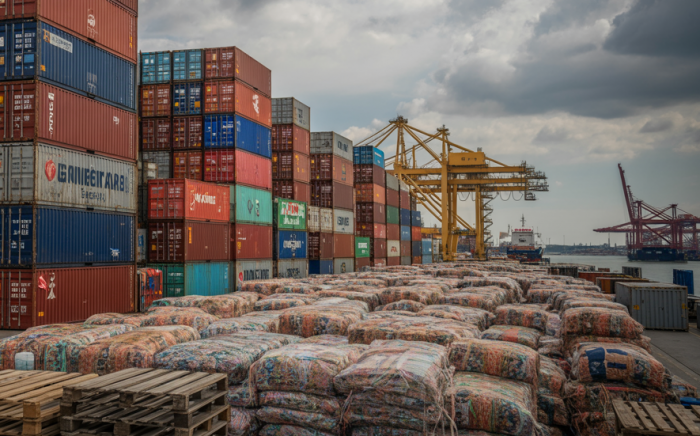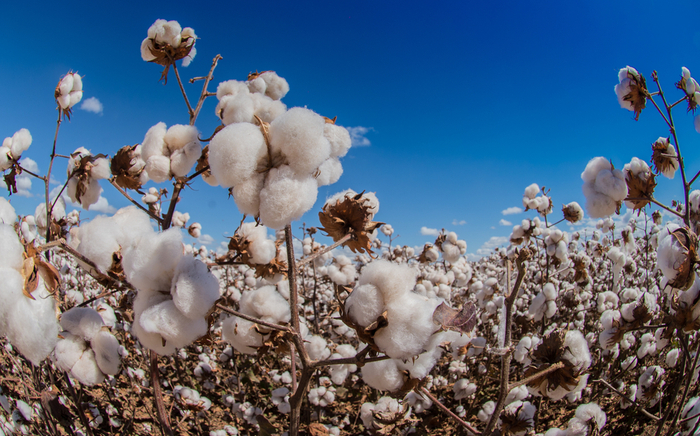As fashion brands push to meet demand in an increasingly unpredictable global economy, the textile supply chain is facing growing strain. From fiber to finished fabric, nearly every stage of production is impacted by material scarcity, rising logistics costs, and shifting sourcing decisions.
Raw material shortages are reshaping sourcing strategies
Access to natural fibers like cotton has become more volatile, driven by extreme weather conditions in key producing regions such as India, the U.S., and Pakistan. Climate-related disruptions have affected both the quantity and quality of available crops. At the same time, synthetic alternatives such as polyester remain subject to fluctuations in fossil fuel prices and geopolitical instability.
This dual pressure has prompted brands to diversify suppliers and reevaluate the balance between natural and synthetic inputs — with many exploring blends, recycled options, or bio-based materials as long-term alternatives.
Freight disruptions and delays continue to impact timelines
The pandemic revealed deep weaknesses in global freight systems — including port congestion, container imbalances, and delayed customs clearance. Although some of these issues have eased, others persist, particularly in light of new challenges like Red Sea shipping risks and constrained capacity at the Panama Canal.
These delays have made just-in-time production models riskier and pushed many companies to build in more lead time, hold more inventory, or seek regional manufacturing alternatives.
Nearshoring is accelerating regional textile growth
Brands are increasingly looking to bring production closer to home. In Europe, this has meant renewed interest in countries such as Turkey, Poland, and Portugal — not only for proximity, but also for improved agility and reduced emissions. In North America, Mexico and Central America are seeing new investment in textile and apparel facilities.
This shift is not only about speed — it also supports transparency, control, and risk mitigation in an era of heightened uncertainty.
Resilience now requires flexibility and foresight
As disruptions become part of the norm, brands are investing in predictive analytics, end-to-end supply chain visibility, and vertically integrated systems. They’re also exploring regenerative agriculture and circular design to reduce dependency on volatile material markets.
The supply chain crisis is forcing fashion to become more proactive and less reactive — building systems that can withstand disruption while still delivering quality, speed, and sustainability.

 Back to Blog
Back to Blog











